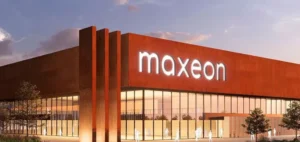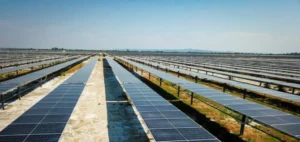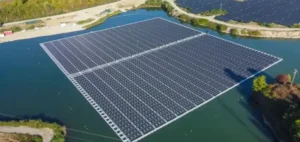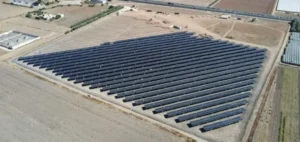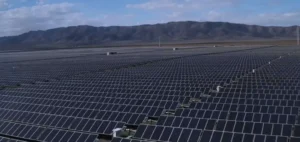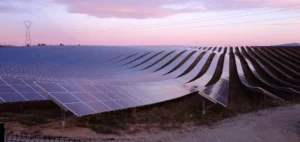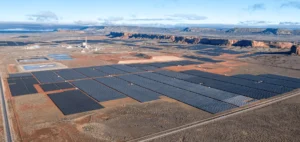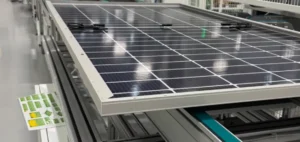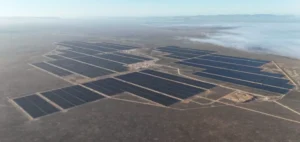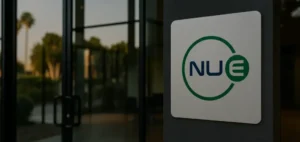The volume of solar panels reaching their end-of-life in Australia will exceed one million tonnes by 2035, reaching 1.16 million tonnes. This projection results from the accelerated growth in photovoltaic installations across Australian territory, primarily driven by residential and industrial sectors.
Distribution of Solar Waste
Initially, waste from domestic installations will represent the largest portion of the total volume, directly resulting from Australia’s early and widespread adoption of residential solar energy. By 2035, large-scale projects will account for 22.9% of the total solar waste, up from just 9.8% today. This shift reflects the maturation of large-scale projects installed over the past two decades, progressively reaching the end of their operational lifespan.
Geographic Concentration of Waste Volumes
Three Australian states—New South Wales, Victoria, and Queensland—will generate approximately 79% of the country’s total solar panel waste by 2035. This concentration results from the early saturation of solar installations within these heavily urbanized states. Major metropolitan areas will thus face substantial logistical and economic challenges to absorb and manage these significant volumes of discarded panels.
Potential Material Recovery
A typical 20 kg solar panel contains recyclable materials valued at approximately 22.6 Australian dollars. Consequently, Australia could recover around AUD 22.6 per panel, translating into substantial potential revenues from recycling, reaching approximately AUD 1.16 million tonnes worth around AUD 22.6 per panel by 2035. Despite this economic opportunity, the solar recycling industry in Australia remains relatively undeveloped, raising questions about the future structuring of industrial recycling channels.
These forecasts are prompting economic and political stakeholders to explore the industrial infrastructure needed to effectively manage the rising quantities of photovoltaic panel waste in the coming years. The degree to which these solutions will develop remains uncertain, leaving industry professionals to consider the implications of handling significant amounts of waste materials.



